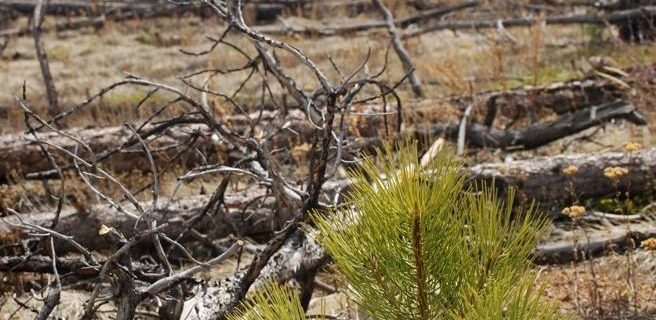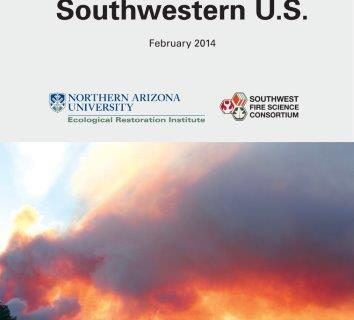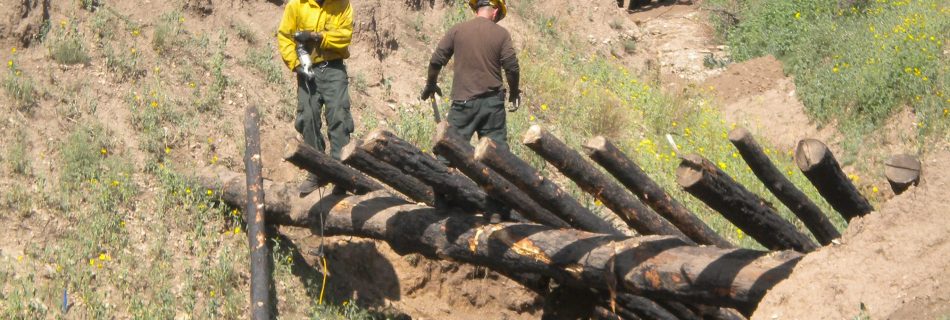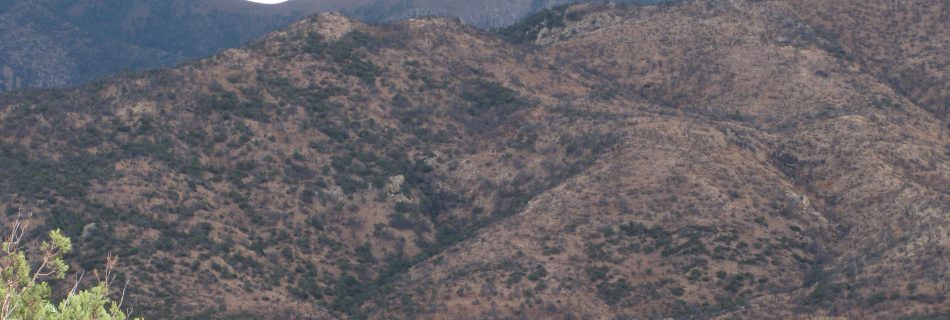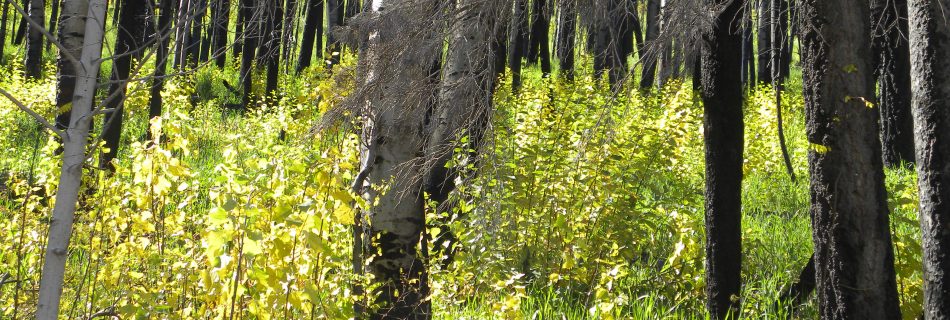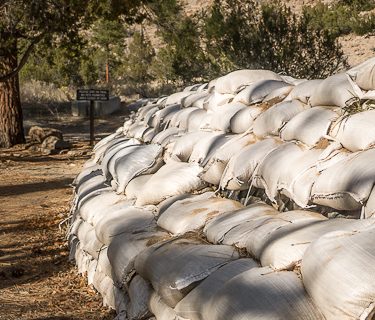May 29, 2014: A resilience ecology framework for southwestern forests: Ecosystem shifts, landscape disturbance and climate change
Presenter: Donald Falk, University of Arizona In this webinar, Dr. Don Falk will review the basic concepts of ecological resilience as it applies to fire-adapted ecosystems in the Southwest. He will discussion how these concepts apply to the challenge of maintaining resilience in a rapidly changing world. Lastly, he will explore how maintaining resilience can …

